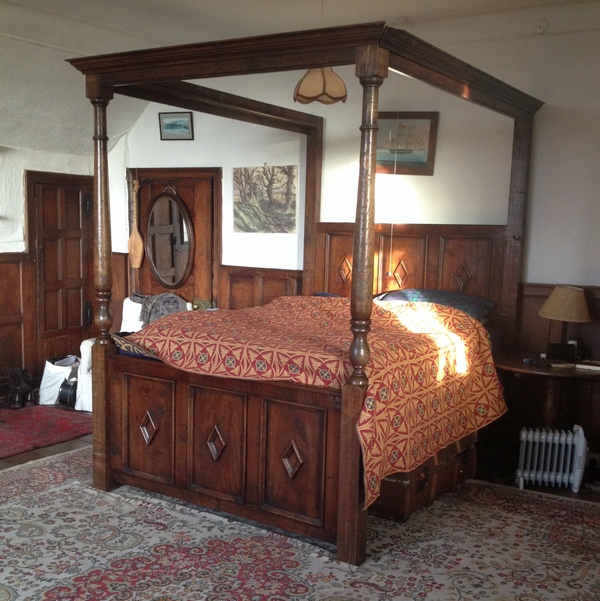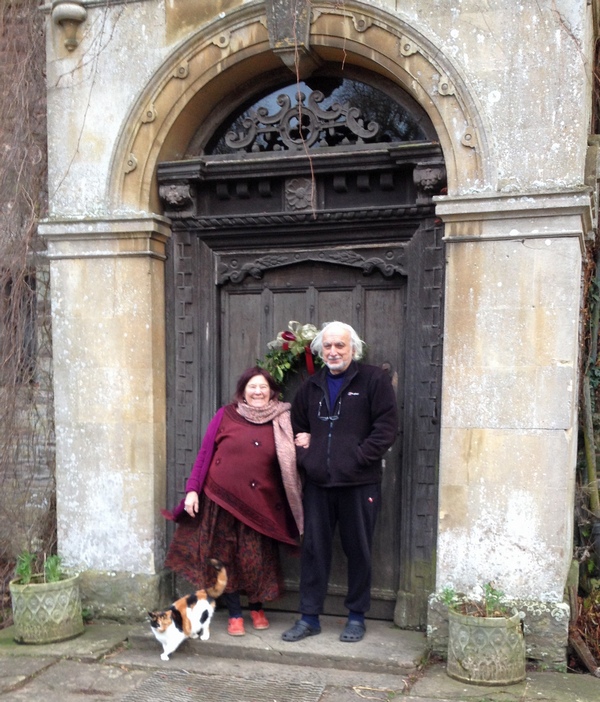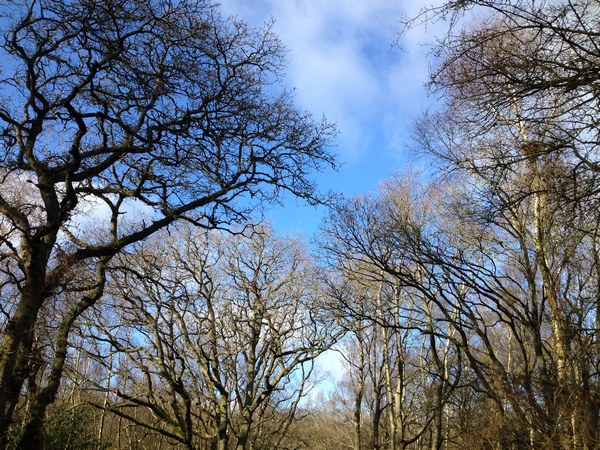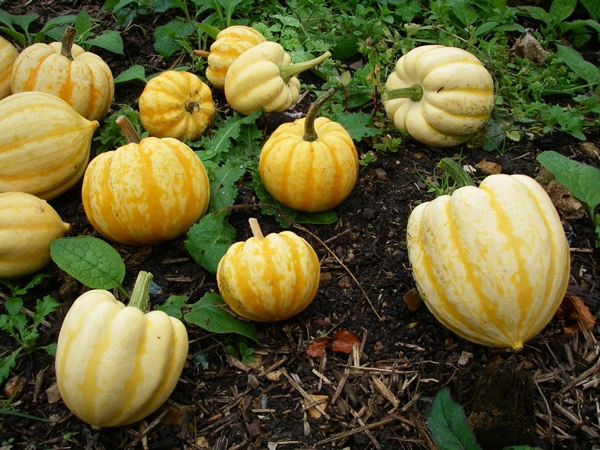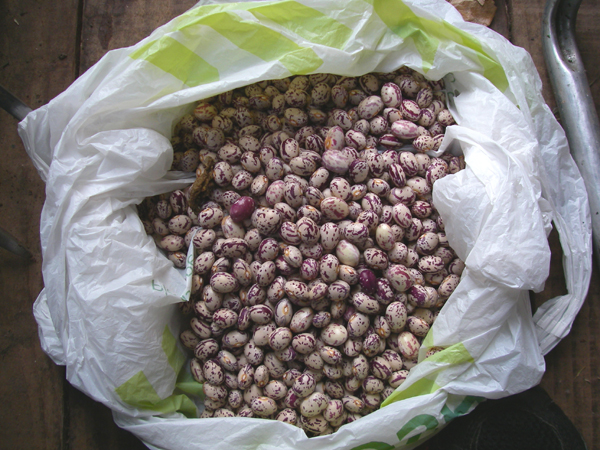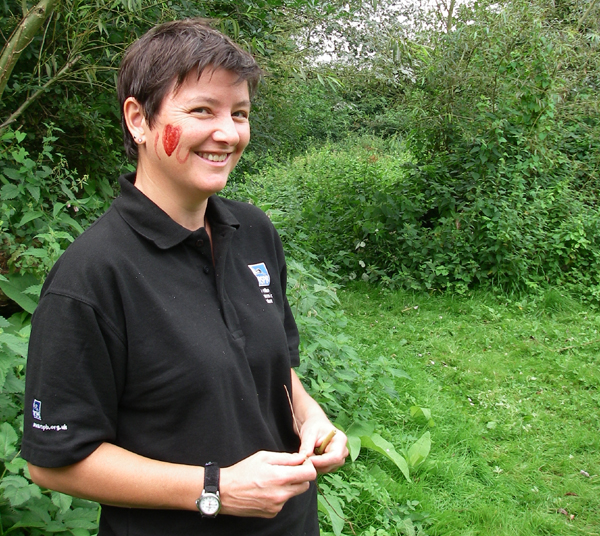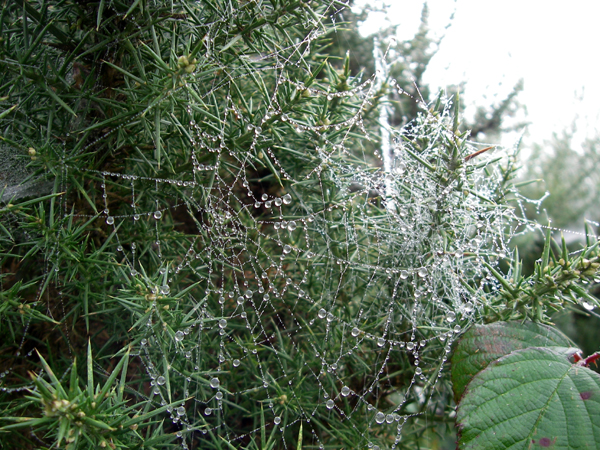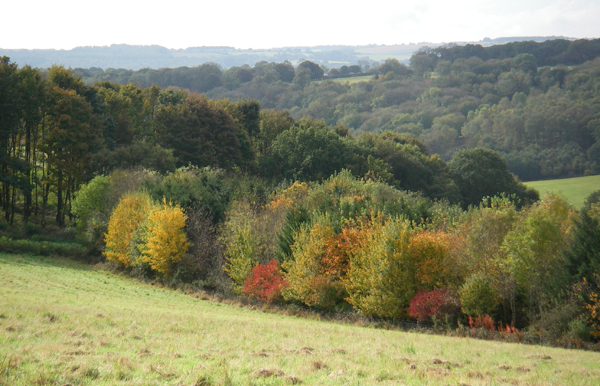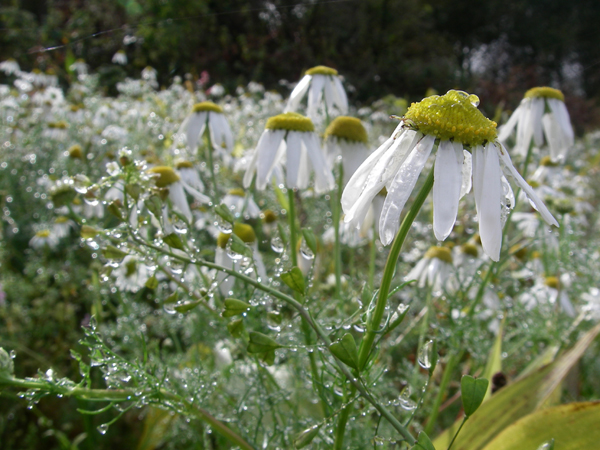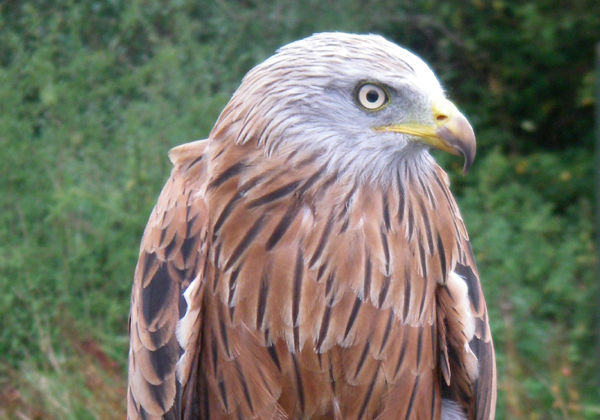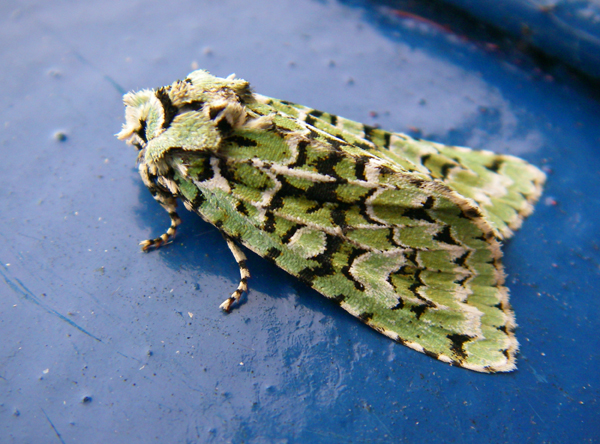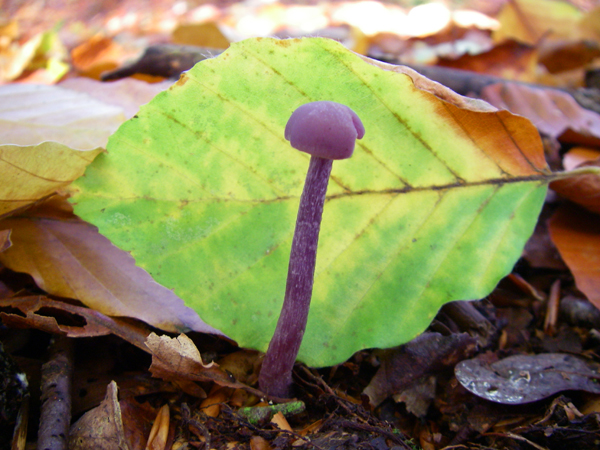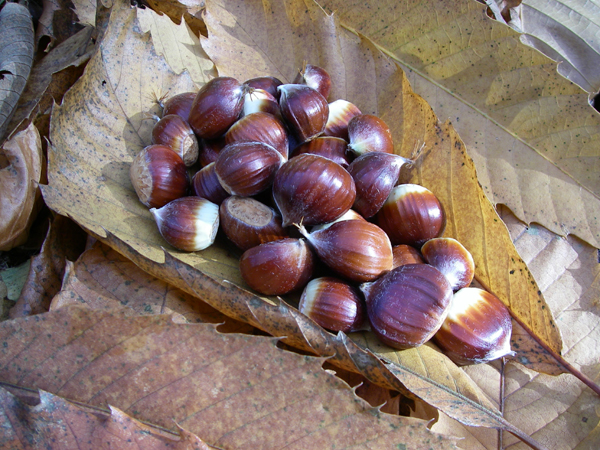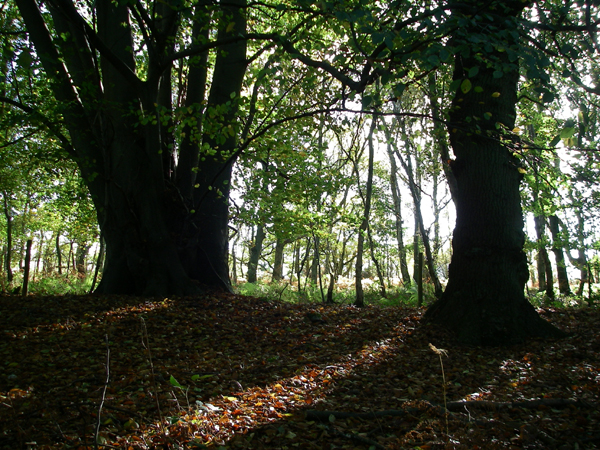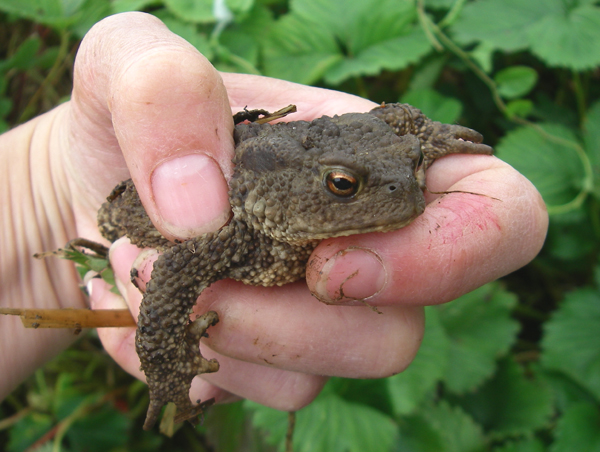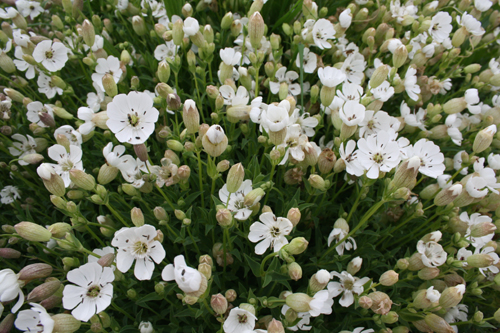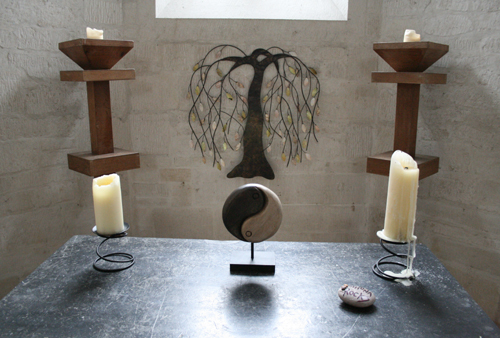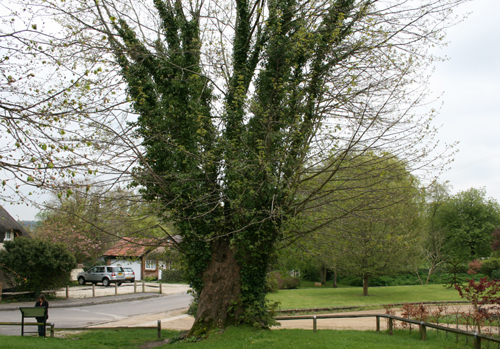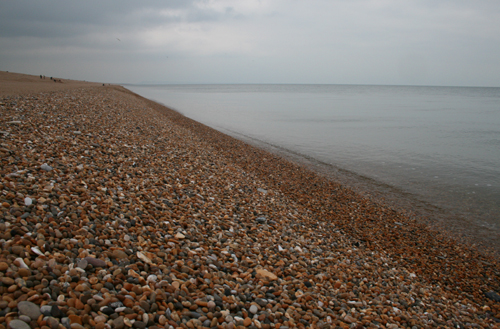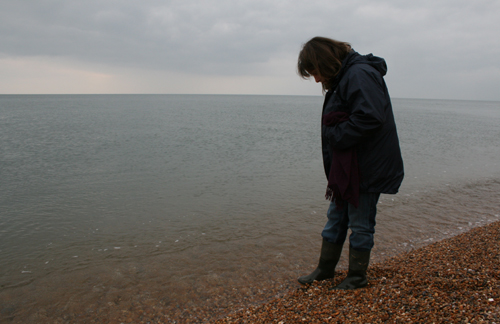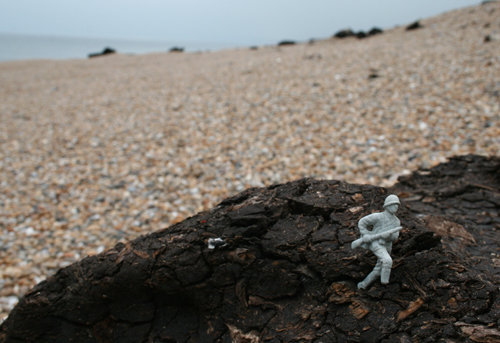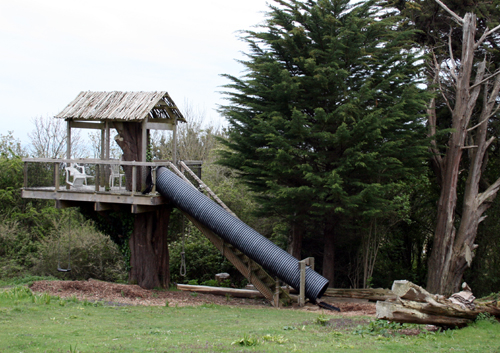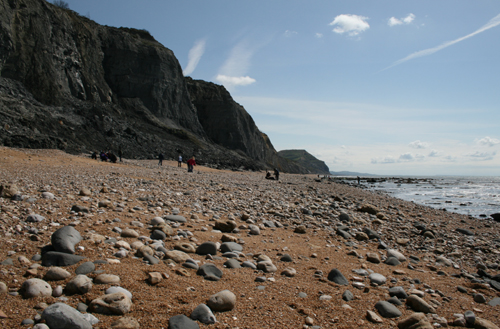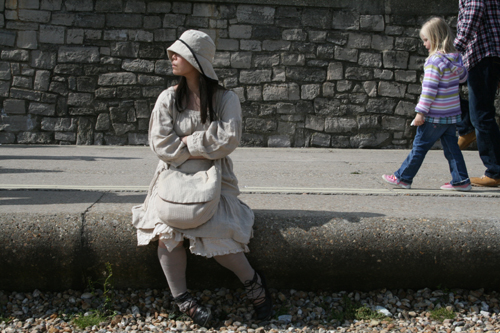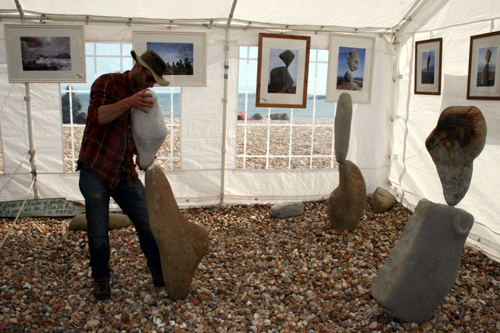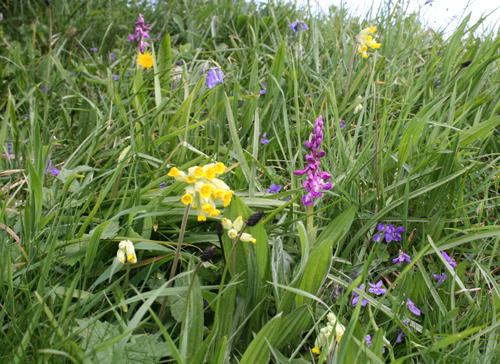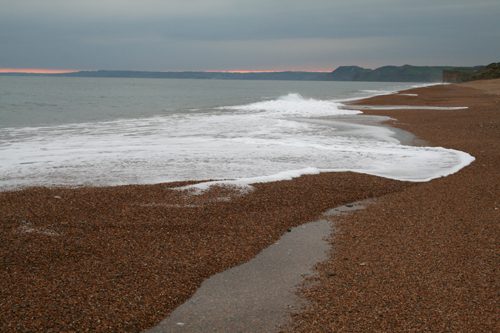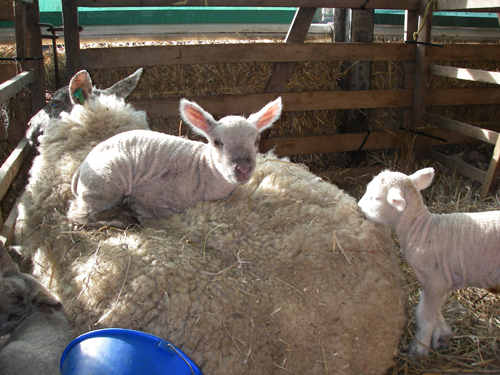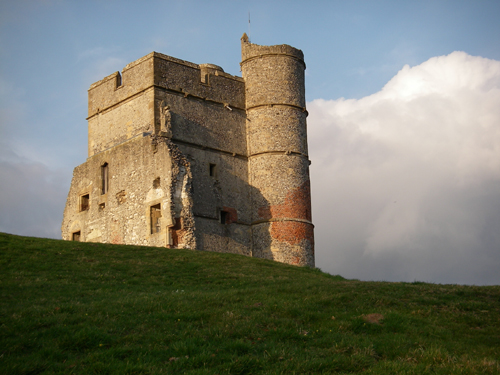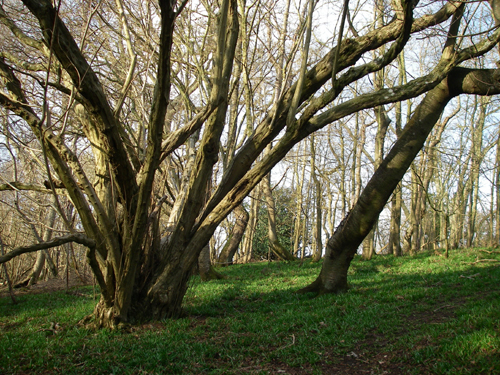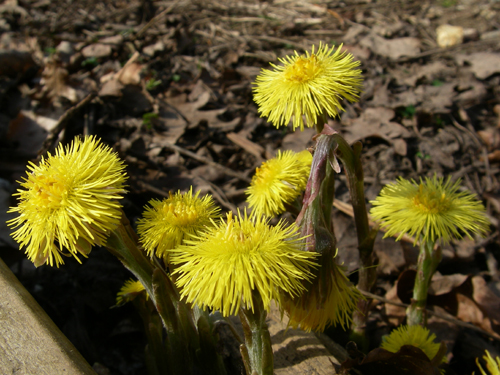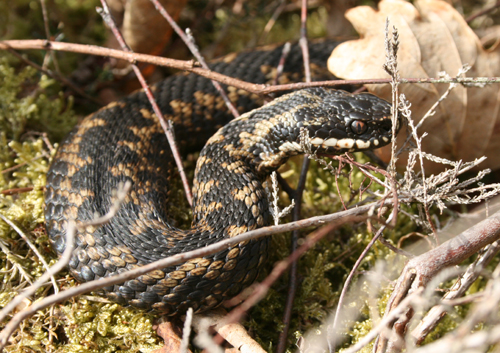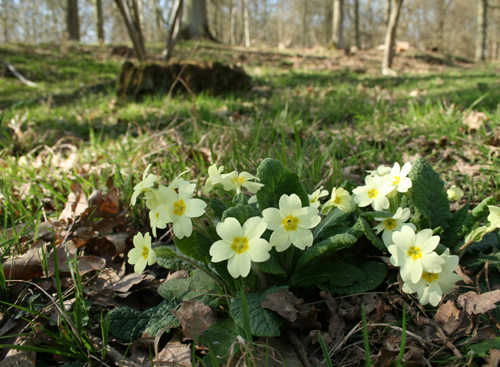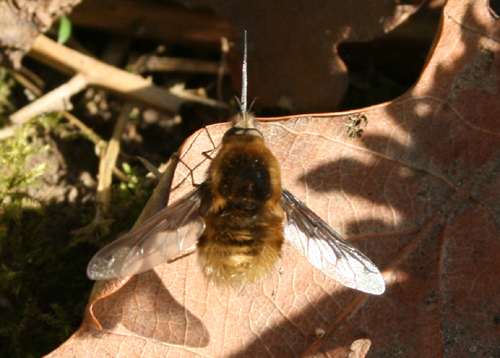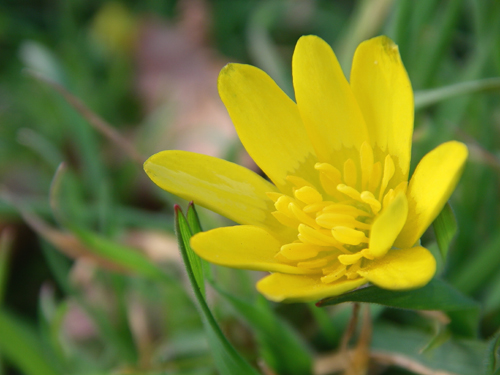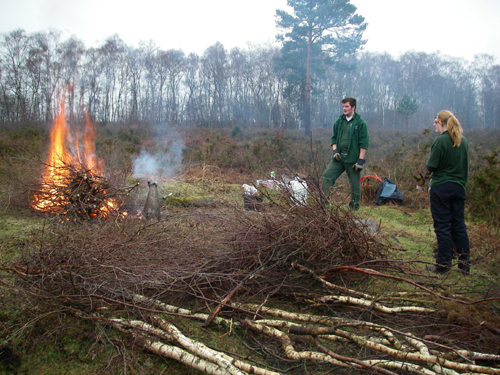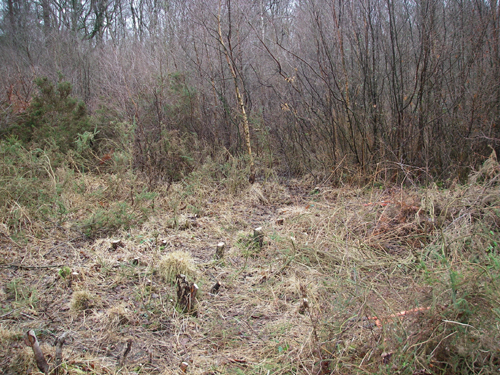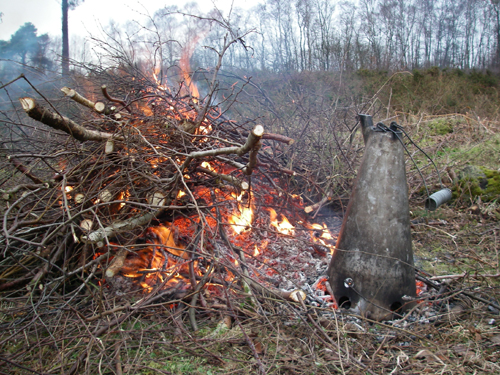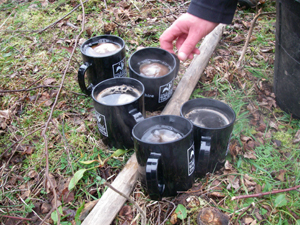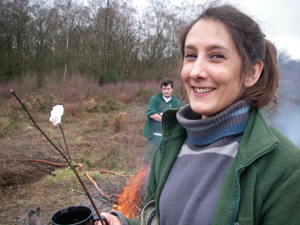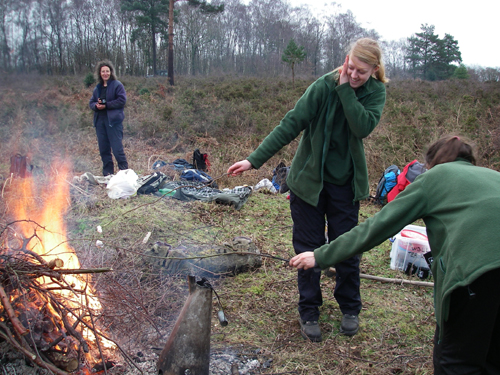At the time of writing this blog entry, I am in sinister mode… In the sense that I am largely left-handed, owing to having fractured my right wrist! This was something of a surprise to me, because I actually did the damage at the end of December (when I elegantly toppled sideways off my bicycle on an icy towpath during a frosty winter ride). Being an old school stiff-upper-lip British stoic, at the time I sprang nimbly back to my feet and cycled on homewards, with only an aching shoulder for a few days afterwards as a memento. But while driving to teach at a London school three weeks later, my right wrist started to ache. Luckily I have a GP who is excellent at injuries and it took him all of two seconds of prodding to diagnose a suspected fracture of the scaphoid bone… Which an x-ray at Newbury hospital later confirmed.
Having not even heard of the scaphoid bone before, I was somewhat dubious about the need for wearing a splint, particularly as I’d been carrying on as normal for the best part of a month after my bike accident. But it turns out that this little cashew nut-shaped bone (located at the base of the thumb where it joins the wrist) is annoyingly tricky to heal once you’ve damaged it. Hence the fetching velcro and metal splint which I currently have to wear all day. If all goes well I should be healed and splint-free within a few weeks: in the meantime as I can neither cycle nor drive, I’m doing a lot of walking. I’m keeping my fingers crossed (on my left hand, anyway) that there will be no complications, so I can return to normal functioning by the time my busy teaching season starts in early March.
 Fortunately I’ve had good things happening in January too. I belong to the Natural Voice Practitioners’ Network, an organisation for singing teachers, choir leaders and voice workers. In early January the NVPN holds its annual gathering, which usually takes place at Wortley Hall near Sheffield (see one of my earlier blog posts, Digging ponds and singing songs for an account of my visit to Wortley Hall in 2013). However, the NVPN membership has grown in recent years to such an extent that the main gathering was oversubscribed and a ‘mini gathering’ was organised for those of us who left it too late to book for Wortley. The venue for this smaller gathering was the beautiful Elizabethan Kinnersley Castle in Herefordshire.
Fortunately I’ve had good things happening in January too. I belong to the Natural Voice Practitioners’ Network, an organisation for singing teachers, choir leaders and voice workers. In early January the NVPN holds its annual gathering, which usually takes place at Wortley Hall near Sheffield (see one of my earlier blog posts, Digging ponds and singing songs for an account of my visit to Wortley Hall in 2013). However, the NVPN membership has grown in recent years to such an extent that the main gathering was oversubscribed and a ‘mini gathering’ was organised for those of us who left it too late to book for Wortley. The venue for this smaller gathering was the beautiful Elizabethan Kinnersley Castle in Herefordshire.
Kinnersley Castle is still a family home, which can be hired as a venue for events. It is full of character – I was chuffed on reaching my room to find I would be sleeping in a four-poster bed! Our meals were home-cooked and plentiful, and the hospitality from hostess and NVPN member Katherina Garratt-Adams was warm and welcoming. The space that we used for our singing workshops and group sessions had a huge fireplace with a log fire that we all took turns toasting ourselves in front of (including Coco, Katherina’s friendly black labrador).
I always get a huge amount from these NVPN gatherings: not just song material for teaching with Sing The World, the Newbury-based choir that I co-lead, but also lots of useful ideas and guidance for all the issues involved in being a singing teacher. Having suffered from laryngitis and lost my voice completely back in September, I found the sessions on looking after our voices and developing our singing range particularly helpful. The NVPN largely follows a community of practice model for sharing expertise, which is an extremely effective way to support our professional development.
Staying at Kinnersley Castle was a fantastic experience and a great way to ease back into the working year after the festive break. It’s a venue with tons of character and welcoming hosts (including the lovely Katherina and Caius, pictured above).
Chilly winter weather doesn’t generally stop me from going exploring. We’ve had some glorious bright sunny midwinter days and I took advantage of one to go for a walk with my friend Will along the downs in the Vale of Pewsey. It was a route we hadn’t done before, up onto the Tan Hill Way and then round Gopher Wood and Oare Hill, finishing with a loop over Giant’s Grave, an Iron Age hillfort and settlement.
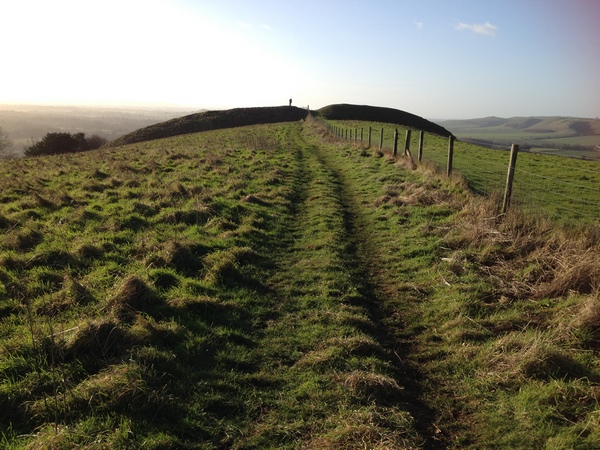 We were glad that we had done our route in a clockwise direction, as the final descent from Giant’s Grave down into the village of Oare was precipitous enough that I had to run down it with my arms outstretched and making whooping noises. (A vital strategy for obtaining maximum speed with the minimum of risk to myself or other walkers coming from the opposite direction.)
We were glad that we had done our route in a clockwise direction, as the final descent from Giant’s Grave down into the village of Oare was precipitous enough that I had to run down it with my arms outstretched and making whooping noises. (A vital strategy for obtaining maximum speed with the minimum of risk to myself or other walkers coming from the opposite direction.)
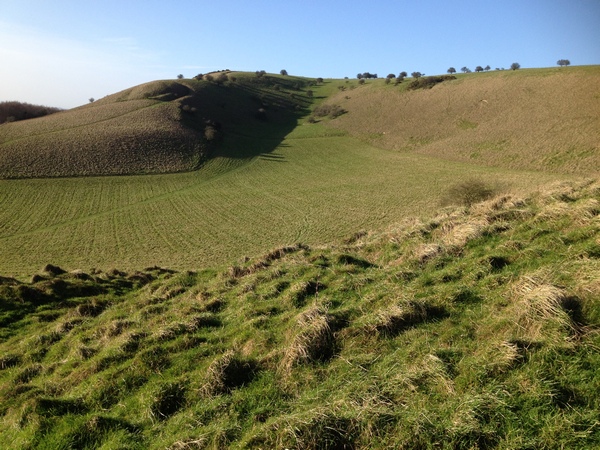 There is something about sunshine in the depths of winter that is particularly restorative, even in the Arctic winds that were blowing that day. And the landscape of chalk downland always holds a special magic for me, growing up as I did in the Chilterns. The walk route around Oare is one I will definitely revisit, perhaps in early summer when orchids may be about. Even in early January it was beautiful, with red kites and buzzards wheeling on the wind currents high above the hills.
There is something about sunshine in the depths of winter that is particularly restorative, even in the Arctic winds that were blowing that day. And the landscape of chalk downland always holds a special magic for me, growing up as I did in the Chilterns. The walk route around Oare is one I will definitely revisit, perhaps in early summer when orchids may be about. Even in early January it was beautiful, with red kites and buzzards wheeling on the wind currents high above the hills.
 Winter can feel like a bit of a miserable time, especially if the weather is wet and grey. Fortunately there are opportunities to dispel the darkness: Newbury hosts an annual Festival Of Light, a midwinter celebration where locals make lanterns from willow and tissue before joining together in a parade through the town. There were lanterns of all shapes and designs, including stars, fish, boats, spaceships and even a dalek and a Darth Vader! At the end of the parade there were hot chestnut sellers, brightly-burning braziers to warm your hands at and a lively band to keep everyone warm. There was a great energy there, definitely an inspired way to ward off the winter blues.
Winter can feel like a bit of a miserable time, especially if the weather is wet and grey. Fortunately there are opportunities to dispel the darkness: Newbury hosts an annual Festival Of Light, a midwinter celebration where locals make lanterns from willow and tissue before joining together in a parade through the town. There were lanterns of all shapes and designs, including stars, fish, boats, spaceships and even a dalek and a Darth Vader! At the end of the parade there were hot chestnut sellers, brightly-burning braziers to warm your hands at and a lively band to keep everyone warm. There was a great energy there, definitely an inspired way to ward off the winter blues.
Another winter event which got people together was the Thousand Voices evening. Local choirs (including Wacapella, our Sing The World performance group) sang separately at various locations across Newbury town centre, before joining together by the Christmas tree in the market place for a mass sing. It was great fun to take part… I’m not sure that I’ve ever heard The Twelve Days Of Christmas sung quite so loudly before!
In contrast to the gloomy and soggy winter of 2013/2014, December and January have brought a good share of bright days, perfect for getting out and about in. In mid-January I went for a walk across Snelsmore Common, a nature reserve on the edge of Newbury now managed by local wildlife trust BBOWT. This is a site both popular with locals and rich in wildlife and interesting habitats (including bogs with carnivorous plants known as sundews). Going back over a decade, I lived up a tree at Snelsmore for a short time, along with a host of other hardy souls seeking to prevent the dreaded Newbury Bypass from being constructed. The Newbury Bypass protest is well remembered by locals, whether or not they were involved in either the activism or the road building. I lost my heart to this lovely stretch of ancient woodland and like many of my friends it was gut-wrenching to be there when the bailiffs and bulldozers finally rolled in and destroyed a swathe of this amazing place forever.
Happily, activism and opposition to environmental destruction and social injustice is still going strong in the UK. As the media and political parties crank up their apparatus for the General Election campaigning season we’ll no doubt have more coverage than we want of democracy in action… But mindful of what’s going down in other areas of the world (Ukraine and Russia, for instance) it’s a good time to remember that we’re lucky to have a democratic system at all, flawed though it is. Being something of an anarchist/libertarian I’m not a huge fan of our current set-up, but I’ll certainly be voting on election day. The good news is that the Green Party is fielding candidates in every ward of Berkshire, which at least gives me an opportunity to vote for someone whose politics reflect my own interests. And for those who say that voting for the Green Party is a wasted vote because it will allow the Tories back in, my considered response is: thhhbbppppt. *blows raspberry*
There is a lot of brouhaha written and said these days about non-participation in democracy. Personally I think there is just as much radicalism and engagement as there ever was; it’s just that people have many more ways to express how they wish their locality and country should be run. Also the majority of us seem to be utterly unimpressed by the posturing of politicians and the ponderous workings of government, which these days looks increasingly like an old boys’ club of ex-Eton pupils.
If as some pundits seem to think our political system is in the throes of change, it may not be a bad thing. (It’s worrying that a few folks seem to think that UKIP is an answer, but I suppose all those sulking ex-Tories had to go somewhere.) My response to all of this is to get back into activism, so I will be going to the Time To Act climate change march in London on Saturday 7th March. The climate change debate continues but it’s evident that we can’t go on living as if we had a spare planet as well as this one, so why not come along too and make some noise in London this spring – if only to communicate to those currently hitting the political campaign trail that the environment is not only the concern of a minority bunch of tree huggers.
Rather than finish on a strident note, I will end this blog entry with a photo of a particularly magnificent winter sunrise. I never stop being grateful for this world in which I live… That’s kind of why I feel compelled to look after it.
I see skies of blue and clouds of white
The bright blessed the day, the dark sacred night
And I think to myself what a wonderful world.
– ‘What A Wonderful World’
Bob Thiele & George David Weiss


